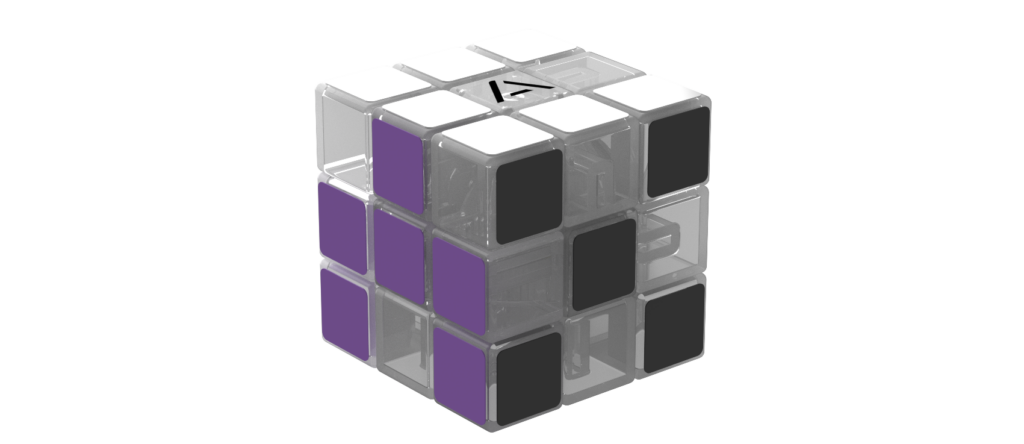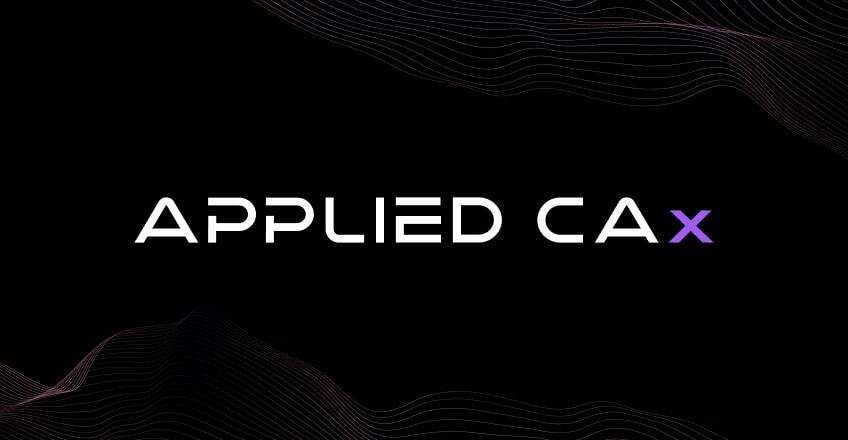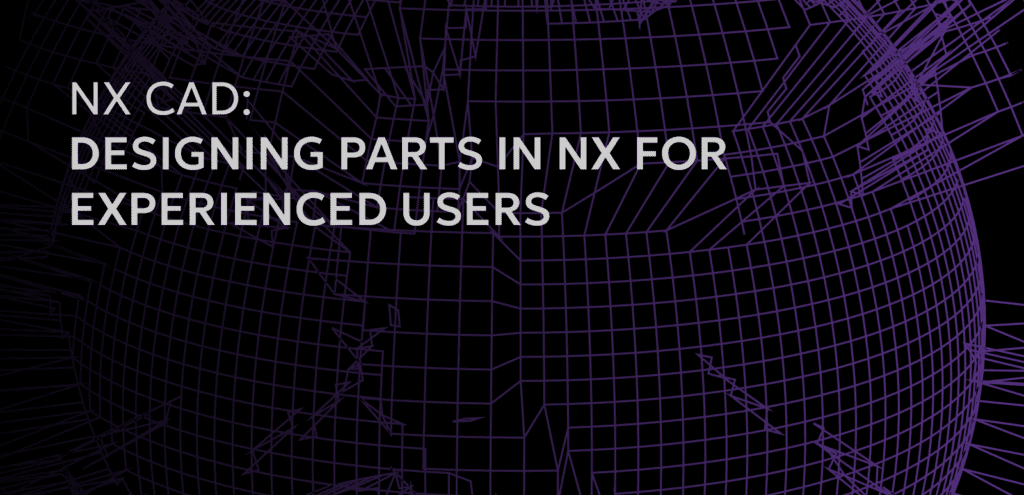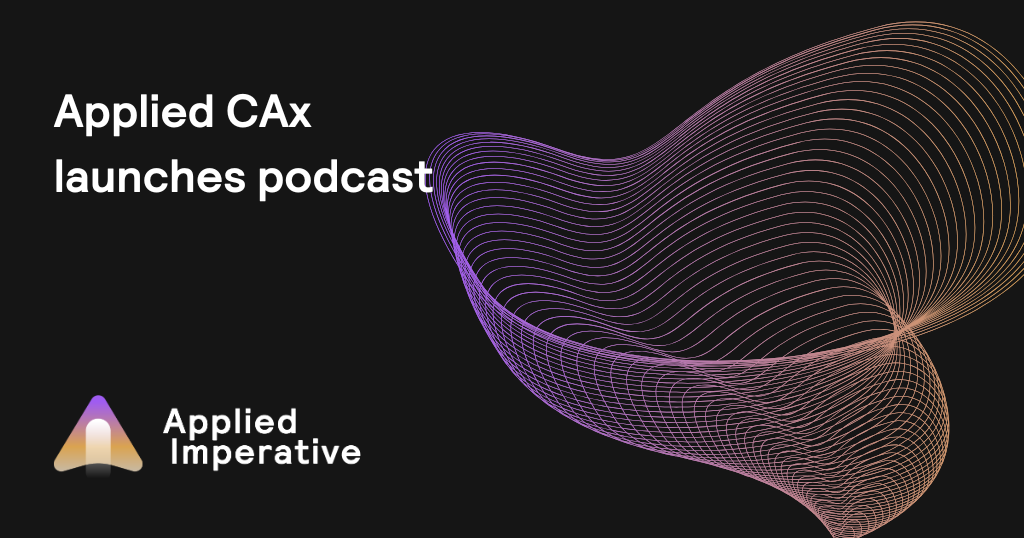Welcome to the March edition of our Ask an Applied Engineer series! Each month, our engineers answer your most pressing questions. Whether you’re troubleshooting software challenges or seeking industry advice, our team is here to help you succeed.
Submit your questions here and get a response from an Applied CAx engineer.
This month, we’re chatting with our NX team. Let’s dive into your questions!
Question #1
Q: I’m experienced with using CAD software. I’ve briefly worked with NX but found it was very different than other systems I’ve used, even at the level of basic modeling. Can you explain the main differences between NX and other CAD software? For example, why does NX require so many datums while other systems don’t?
A: It’s true that NX can feel quite different from other CAD systems, especially when you’re a new NX user. NX emphasizes advanced control and robust modeling capabilities. Here are examples of how NX does this:
- Explicit Control:
- NX provides granular control over every aspect of your model, which is essential for complex designs. This control is often demonstrated in the use of explicit datums. This allows for a robust and predictable model. While datums are optional, they are a powerful tool for managing and reusing features. They allow you to easily reposition complex feature sets or copy them to other parts.
- WAVE Technology
- NX’s WAVE technology allows you to create associative links between parts, enabling you to manage design changes effectively. For example, you can create a linked copy of a body at a specific point in the model’s history before features like holes or fillets are applied.
- Synchronous Technology
- NX’s Synchronous Technology allows for direct, history-free editing of geometry. This means you can make changes quickly and easily without worrying about feature regeneration failures. This is another form of explicit control, giving the user direct manipulation of the model’s geometry.
NX stands out for its flexibility and depth, offering a comprehensive toolset that adapts to a wide range of users — from those doing basic parametric modeling to experts working on highly complex assemblies and workflows. Its emphasis on explicit control, robust modeling strategies, and technologies like WAVE and Synchronous Modeling ensures that users have the power to build reliable, scalable models that can evolve with design needs. While it may feel different at first, that difference reflects the advanced capabilities NX offers for those who want both precision and adaptability.
Question #2
Q: I’ve heard that NX is good at handling very large assemblies. What about NX specifically makes it better for this purpose?
A: NX is known for its handling of large assemblies, and there are several key features that make it particularly effective for this purpose:
- Lightweight Representations: NX uses lightweight representations of parts, allowing you to work with large assemblies without loading every detail of each part. This significantly improves performance by reducing memory usage and speeding up load times. You can load only the necessary portions of the assembly to interact with, reducing the complexity of the entire model.
- Structured Assembly Management: NX offers a highly organized assembly structure, making it easier to manage complex relationships between parts. Its assembly tree and part management features help users navigate large datasets efficiently. The clear hierarchy of components ensures that the assembly structure remains manageable even as it grows in size.
- Top-Down and Bottom-Up Design Flexibility: NX supports both top-down and bottom-up design approaches. The top-down approach, using techniques like in-context design, allows for efficient creation and modification of components within a larger assembly context, ensuring that changes propagate throughout the assembly without disrupting the design intent. The bottom-up approach allows you to work with individual components and then assemble them later.
- Advanced Assembly Constraints: NX’s powerful assembly constraints help keep large assemblies aligned and consistent. You can define relationships between parts (such as mates, alignments, or tolerances) that ensure components fit together correctly while also maintaining flexibility when adjustments are needed.
- Performance Optimizations: NX is built with optimization techniques like multi-core processing and GPU acceleration, which help handle large assemblies more efficiently. These optimizations enable smooth interaction with large models, even when working with assemblies that contain thousands of parts.
- Product Lifecycle Management (PLM) Integration: NX integrates seamlessly with PLM systems like Teamcenter, which helps manage large-scale designs and assemblies across teams. PLM systems allow for better version control, collaboration, and tracking of large assemblies, ensuring that data integrity is maintained throughout the development process.
- WAVE Technology: NX’s WAVE technology is another key feature for managing large assemblies. It allows you to create associative links between components, reducing the need for duplicating large parts or repeating complex design steps. This helps streamline large-scale assembly management by enabling more efficient updates and changes.
These features combined make NX particularly effective when it comes to working with large assemblies, enabling users to manage, modify, and optimize their designs efficiently without sacrificing performance.
Question #3
Q: Can you explain the NX Open API system? How can I interface custom programs I’ve written in Python with NX?
A: The NX Open API is a programming interface that allows you to customize and extend NX functionality. You can use it to automate repetitive tasks, create custom tools, and integrate NX with other applications. For Python integration, NX provides a Python API that allows you to write scripts that interact with NX. This opens many possibilities for automation and customization.
Here are some general things that NX Open API can do.
- Automate tasks such as drawing creation, part modification, and data export.
- Create custom user interfaces and tools.
- Integrate NX with other software applications.
- Extract and analyze data from NX models.
To interface custom Python programs with NX, you can use the NX Open Python API. Scripts can be executed within NX using the NX Journal feature or externally if configured.
To get started with NX Open and Python, I recommend the following resources:
- Siemens Documentation: The official Siemens NX documentation is the most comprehensive source of information. Look for the NX Open documentation, specifically the Python API section.
- Siemens Community Forums: The Siemens community forums are a great place to ask questions and find solutions from other NX users and developers.
- Applied CAx Training and Consulting: As an Applied CAx customer, you have access to specialized training and consulting services. We can provide in-depth guidance on NX Open API and Python integration.
Do you have an engineering question? Ask now!
We’d love to answer your questions in our next Ask an Applied Engineer post. Submit your questions here.








